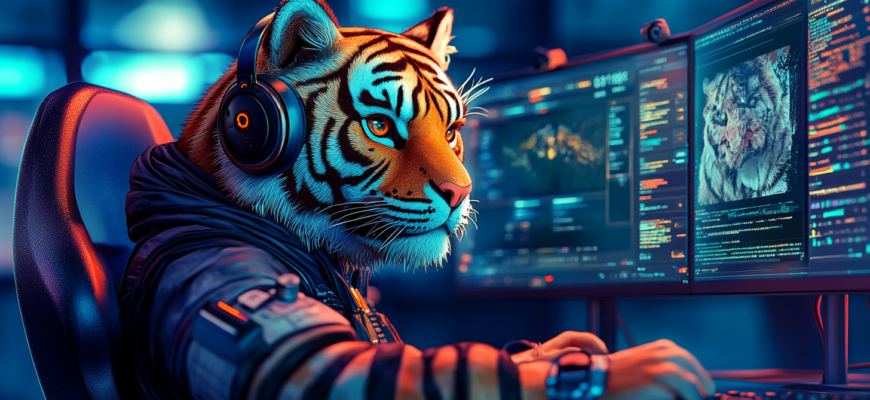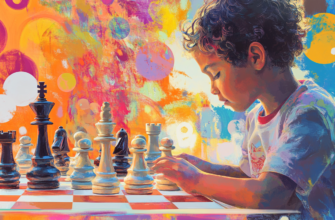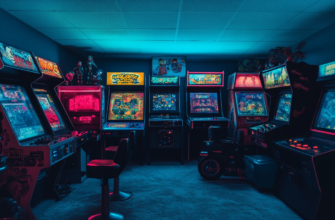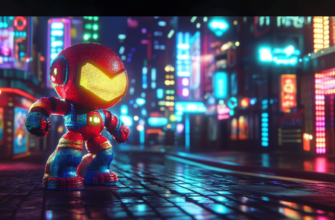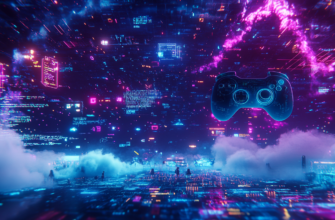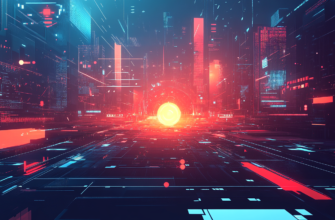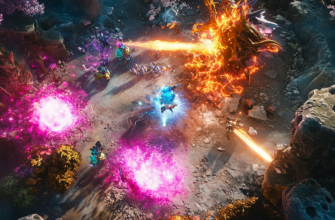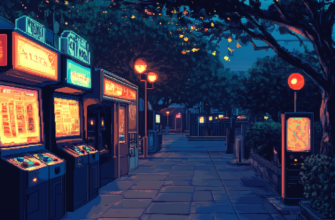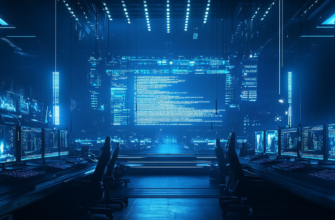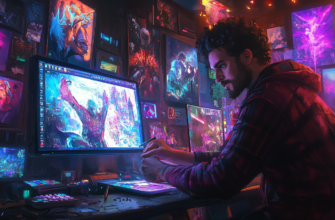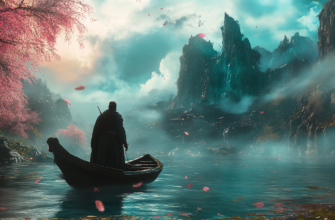How video games are created: from idea to release
Hey, fellow gamer! Ever wondered how those awesome video games you play are made? It might seem like magic from the outside, but creating a video game is a complex and collaborative process that takes a lot of heart, creativity, and technical know-how. Whether you dream of making your own game one day or you’re just curious about how it all comes together, I’m here to walk you through the entire journey, from the first spark of an idea to the moment a game is released. Let’s dive in!
Main stages of game creation
Before jumping into the nitty-gritty details, let’s break down the main phases of video game development. These key stages provide a structure for how a game is built, iterated on, and eventually sent out into the world for gamers like you and me to enjoy.
- Idea and Concept
- Pre-production
- Production
- Testing and polishing
- Release and post-launch support
Now, let’s take a closer look at each of these steps.
Step 1: Idea and concept
Every game starts with an idea—a spark of inspiration that comes from anywhere: books, movies, personal experiences, or someone’s imagination. The idea is usually vague at first, like, “What if there was a game where you could explore alien worlds and build your own spaceship?” It could be anything!
Conceptualization
Once the core idea is there, the real work starts. Game designers and creative leads expand on the initial concept to create a rough vision of what the game will look like and how it will play. Here’s where important questions are tackled:
- What genre will the game belong to? (RPG, shooter, puzzle, etc.)
- What’s the target audience: casual players or hardcore fans?
- Is the game story-driven, multiplayer, or mainly focused on gameplay mechanics?
This phase also includes creating brief design documents or pitch presentations that outline the game’s general look, feel, and gameplay mechanics. It sets the foundation for everything that comes next.
Step 2: Pre-production
Next up, pre-production! This is where the vision becomes more concrete, and the game starts taking shape. The goal here is to plan and gather the resources needed to execute the game successfully. Let me walk you through what happens during the pre-production phase.
Building a prototype
One of the first tasks is developing a simple game prototype. Think of it as a very rough draft that’s playable but nowhere near finished. The prototype helps test out gameplay mechanics and gives the developers a better understanding of whether the game’s core ideas work in practice.
Creating a game design document (GDD)
The game design document (often called “GDD”) is like a blueprint for the entire game. It includes technical specs, gameplay details, story elements, art style guidelines, and the overall plan for the game’s development. Everyone on the development team uses the GDD to stay aligned on how the game should be built.
During pre-production, you’ll also decide on key things like:
- What tools and engine will you use? Unreal? Unity? Or a custom engine?
- What’s the timeline? Do you need six months or two years to finish the game?
- What’s the budget and who’s paying for it (investors, publishers)?
Step 3: Production
This is where the magic happens! Production is the longest and most intense part of game development, and it’s when the game actually gets built. Everyone rolls up their sleeves and works on creating finalized assets and code. Let’s break it down further.
Art and design production
During production, artists are busy designing the game’s visual elements, like characters, environments, animations, and user interfaces. The art team is responsible for creating everything you see in a game, ensuring a cohesive and immersive experience. Simultaneously, designers work on refining game mechanics, levels, and missions, balancing difficulty and ensuring a fun player experience.
Coding and programming
Meanwhile, programmers are writing the code that makes the game function. They build the gameplay systems, create AI behaviors, and ensure the game runs smoothly on different devices. This is also where the game engine (the core tech framework) is put to the test as the game’s various elements start coming together.
Sound and music
Can’t forget sound! Composers and sound designers add another layer of immersion by creating the game’s soundtrack, sound effects, and voiceovers. A well-designed sound environment can heavily influence the emotional depth and atmosphere of a game, from the tense crescendo before a boss fight to the satisfying click of a button.
Step 4: Testing and polishing
Game development doesn’t stop after everything’s been built. Now comes one of the most critical steps: testing and polishing. This phase is where the team makes sure the game is as smooth as possible and bugs are squashed.
Quality assurance (QA) testing
Quality assurance testers (QA) jump in to play through the game repeatedly in different ways, checking for bugs, glitches, and gameplay issues. QA also involves making sure the game looks good on different devices and hardware configurations. Nobody likes a buggy release, right?
Polishing and balancing
Polish is an important step that separates a good game from a great game. Every mechanic, visual element, and sound is refined to ensure that the game feels responsive, looks good, and is enjoyable to play. You want every game moment to shine!
Step 5: Release and post-launch support
Finally, we’ve reached the big moment—release day! But, after all the hard work, the journey’s not quite over yet!
Marketing and publishing
Before the game can reach players, it needs to be marketed and made available for purchase or download. During the lead-up to release, the marketing team teases screenshots, trailers, and gameplay footage to build hype. Once it’s out, the game is made available on platforms like Steam, Epic Games Store, PlayStation, or Xbox, depending on the target market.
Post-launch support
Even after the game is released, the developers continue to offer support. This often includes rolling out patches to fix bugs identified by players and adding new content (DLC) or features through updates. Games also benefit from player feedback during this stage as the devs work to improve or expand the overall experience.
Pro tips for aspiring game developers
If you’re thinking about creating your own game, here are a few pro tips from me, bro-to-bro:
- Start small: Don’t try to jump into an enormous project. Work on a simple game to get the hang of the process and build experience.
- Iterate quickly: Build prototypes and get feedback fast. Don’t be afraid to throw away ideas that don’t work.
- Collaborate: Game development is a team effort. Whether you’re working with friends or a larger team, communication and collaboration are key.
- Learn the tools: Get familiar with popular game engines like Unity or Unreal Engine. There are tons of free tutorials out there to get you started!
- Stay organized: Use project management tools like Trello or Asana to keep track of tasks and deadlines as you move forward.
Conclusion
So there you have it—a full breakdown of how video games are created, from the first lightbulb moment to the game being in players’ hands. Whether you want to get into game development yourself or just appreciate the hard work that goes into your favorite titles, knowing the process is super valuable. Game creation is a combination of creativity, skills, and collaboration across many different disciplines. Pretty awesome, right?
Go ahead and dive deeper into game design concepts, try your hand at some game engines, or even join a game development community. Who knows? Maybe one day, we’ll all be playing the next big game made by you!

